Has the Tacoma Been Dethroned as the Best Mid-Size Off-Road Truck?
I’ve been a Toyota guy since my first ever truck purchase. Nearly a decade ago, I bought my first Tacoma, a 2010 SR5 4x4, and was hooked on these incredibly capable trucks. Besides Toyota’s unmatched reliability, they’re durable, easy to work on, and the aftermarket support is plentiful. When compared to any other truck in its class, the Tacoma always came out the clear winner. Although I’ve since traded in my late model Tacoma for a highly modified version of it’s predecessor, the Toyota Pickup, I swore to myself that if I ever bought a new mid-size truck, it would be the new Tacoma. That is, until I drove my first Jeep Gladiator.
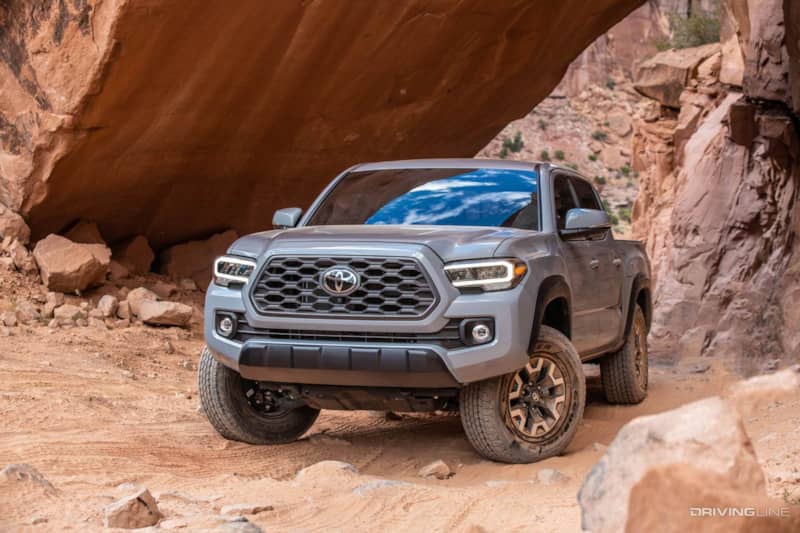
Before moving on, I need you to understand the internal struggle this has caused within me in the last year or so. After spending the last 10 years in a Toyota truck, adventuring everywhere from the tip of Baja to the Red Rocks of Moab, Utah, there was simply nowhere I wouldn’t take my Tacoma. In 2018, I heard rumors of an all-new Jeep pickup truck based on the Wrangler chassis, but never thought it could stand toe-to-toe with the long-time king of mid-size pickups. Putting the Jeep vs Toyota rivalry aside, I’ve always been impressed by the capability of a bone-stock Wrangler Rubicon, and the thought of all that capability packed into a pickup truck that can seat five passengers with a bed in the back was a bit worrisome. I didn’t like how much I liked the idea of it.
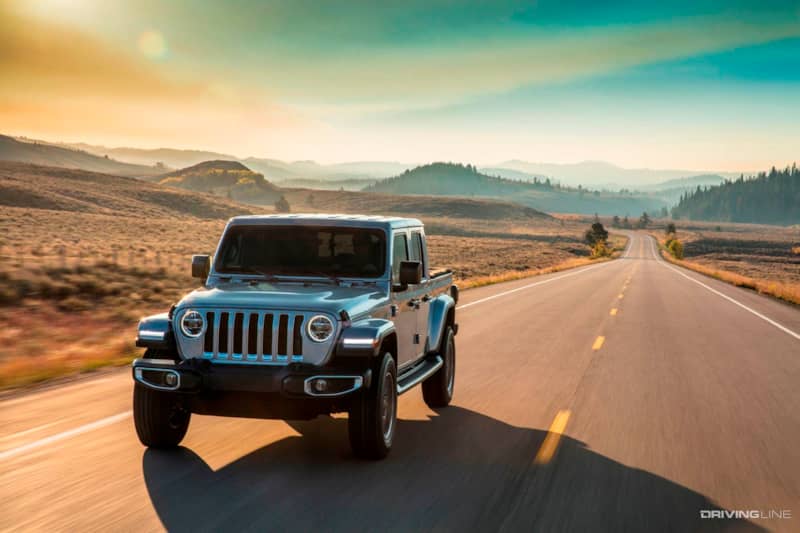
Fast forward to present day. The Jeep Gladiator has been on the streets of America for nearly a full year, and while you’ll likely still see more Tacomas at any given intersection, the Gladiators are certainly out there. Unlike the Tacoma, the Gladiator only comes in one configuration, which happens to be the most sought after setup for most off-roaders. The crew-cab short bed truck can carry all your gear and your friends, but still has a short enough wheelbase to not get hung up on obstacles. Probably why Jeep only builds them this way in the first place. I had been avoiding the Gladiator test drive for months, in fear of liking this new truck too much, and finding myself in the financing office of my local dealership signing some papers. But after driving a 2019 Jeep Wrangler JL from the northern reaches of Alaska back down to SoCal after the Alcan 5000 rally, I was curious if the Gladiator was just as much of a pleasure to drive as its SUV counterpart.
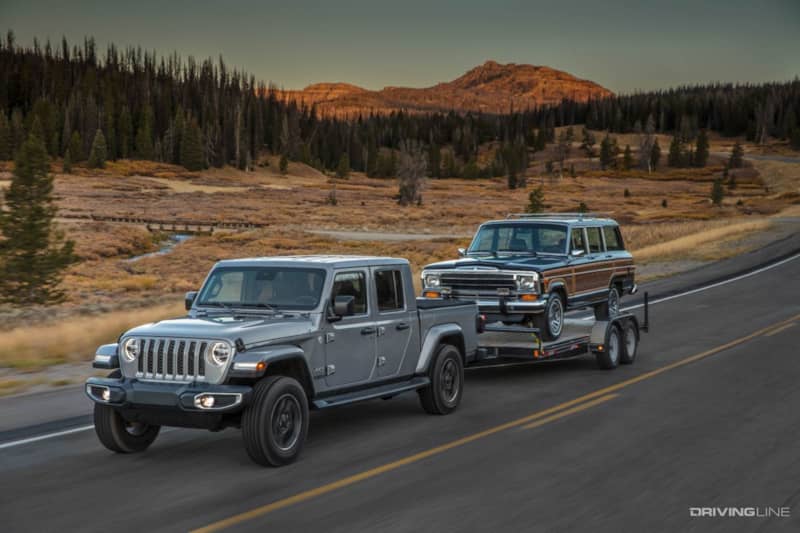
Curiosity got the better of me, and I called up and old buddy and former colleague of mine who happens to work at one of the largest volume Jeep dealerships in my area. He arranged for me to come down for an extended test drive. I left the dealership even more conflicted than before I walked in. The Gladiator was like the Wrangler in every way, but drove even smoother and straighter down the road, thanks to the increased wheelbase. The creature comforts of the Rubicon hardtop model I drove were unlike anything I had seen in the top of the line Toyota models. I remember thinking back to my other solid axle trucks I’ve owned, and how jarring they felt to daily drive around town. Clunky, bumpy, and unpleasant. The Gladiator didn’t drive like a solid axle truck, but more like an IFS. It was hard to explain.
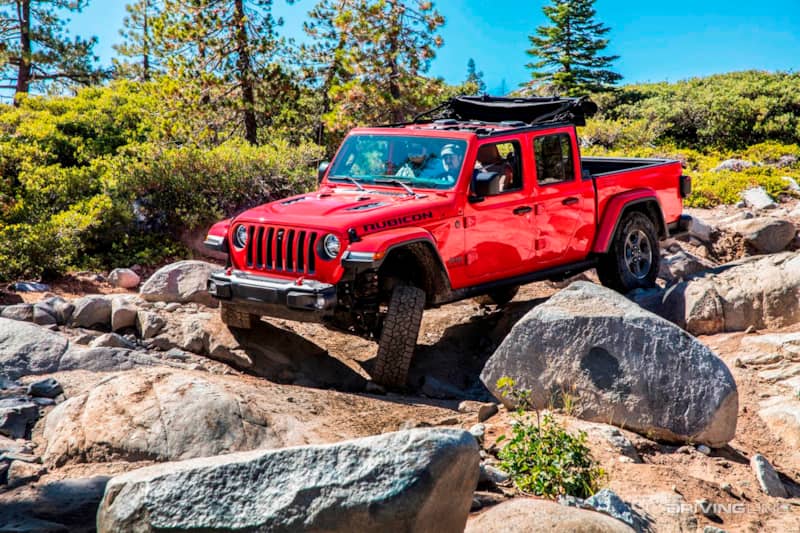
The test drive alone lead me towards the Gladiator, but I hadn’t compared the other features or pricing yet. Even though I was in no rush to buy a new mid-size truck at the time, I had to do some comparisons and crunch the numbers not to see if the Gladiator Rubicon beats the Tacoma TRD Pro, but how badly it beats it. The 2020 Toyota Tacoma TRD Pro retails at $43,960 MSRP. The Jeep Gladiator Rubicon sits at an MRSP of $43,875, a mere $85 less than the Toyota. This was shocking to me, as I began to list the pros and cons of the Jeep in relation to the Toyota.
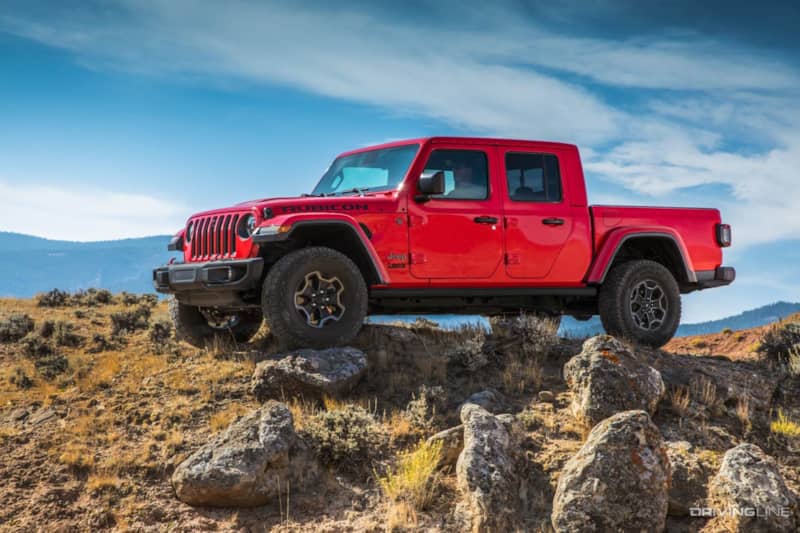
Starting with suspension, the Jeep Gladiator has a Dana 44 solid front axle, and a Dana 44 solid rear axle with coil springs, much like the new Ram 1500. Traditionally, a solid front axle meant lacking ride quality, especially when moving quickly over uneven terrain. But advancements in suspension technology, namely shock tuning and sway bars, have put an end to this stigma. The Gladiator Rubicon can handle fast, open desert just as nimbly as an IFS Tacoma TRD Pro. The Toyota comes with a electronic rear locking differential, which is nice, but the Jeep has lockers in both front AND rear axles, giving it the edge in the rocks.
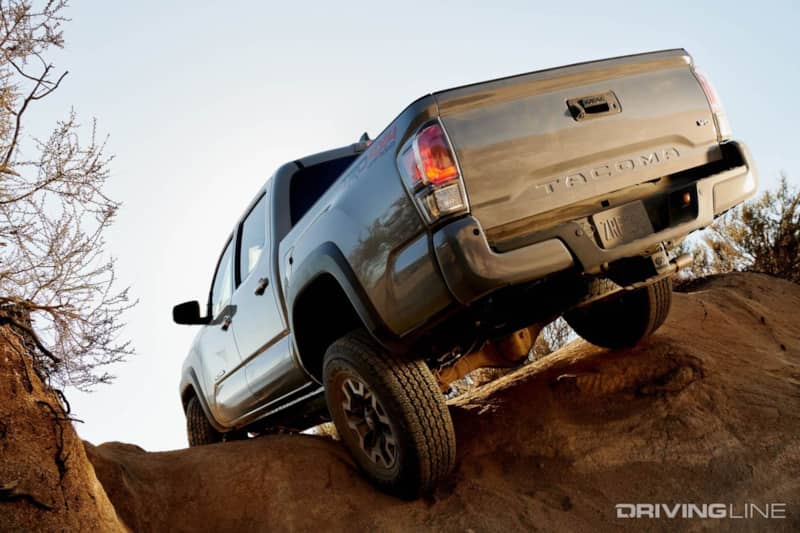
Moving on to the engine and transmission. This is where the Jeep really shines. Toyota has been using the same anemic V6 and 5-speed automatic transmission since the mid 2000s. Even with the new Atkinson Cycle 3.5L that comes in the Tacoma TRD Pro, it just feels…sluggish. Jeep, on the other hand, has been constantly improving its Pentastar 3.6L V6, which is now proven to be just as reliable as Toyota’s V6. But Jeep took it a step further and paired with an 8-speed automatic transmission in the Gladiator Rubicon. This right here, folks, is the make-or-break. The 8-speed auto in this truck is miles above the Toyota 5-speed auto in terms of technology, reliability, and most importantly, the way it drives. It intuitively downshifts when heading into a corner, giving you all the power you need to exit with speed. It moves through the gears smoothly, with a crisp snap. The Gladiator feels more like driving a sports car than a mid-size truck.
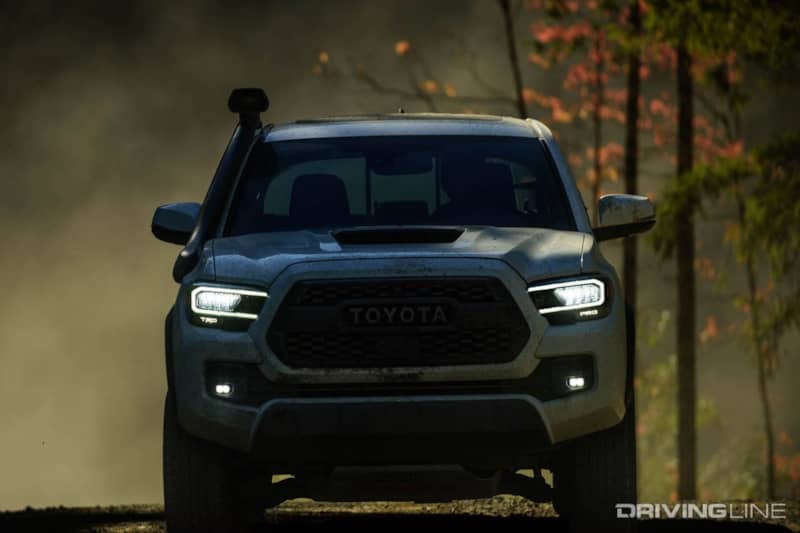
The Gladiator Rubicon, while cheaper than the Tacoma, and more hearty and fun to drive, does have its drawbacks. The base Rubicon does not come with a hardtop, so adding that to your build will cost a few thousand, and even more if you want it paint-matched. But where the Rubicon lacks a solid roof, the Tacoma has a fixed one. For 70 years, driving a Jeep has been synonymous with fun and adventure, as you can find yourself immersed in nature all around you thanks to a removable roof and doors. This is the only pickup truck on the market with this feature, and it alone, may sway customers away from the Tacoma and to the Gladiator.
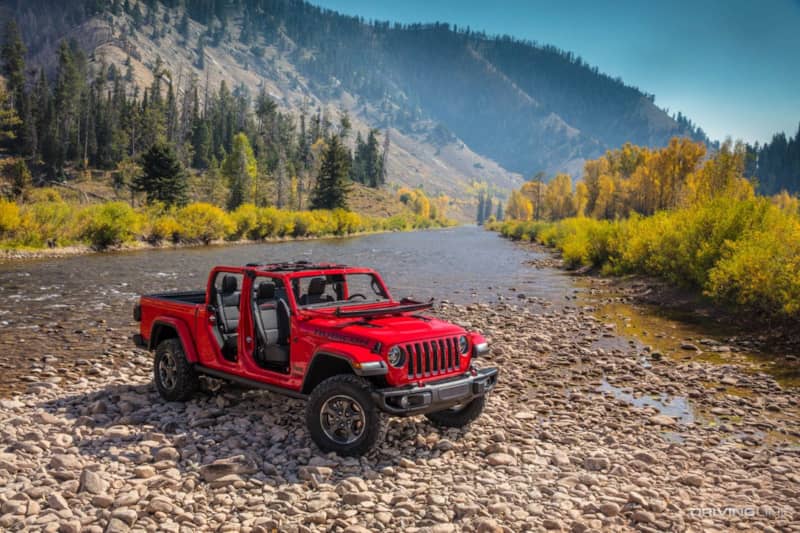
Now, I’ve never been one to leave a truck bone-stock. So let’s discuss the aftermarket opportunities for the Gladiator, and how it stacks against that of the Tacoma. The Jeep Wrangler is one of the most customized vehicles on the planet, and therefore, there is a very strong aftermarket support for this platform. Jeep was smart and leaving much of the front end and interior elements on the Gladiator the same as the Wrangler, allowing companies who currently offer items like fenders, bumpers, armor, seat covers, light mounts, and others to quickly re-categorize their products for the Gladiator, or develop platform specific parts like bed racks and fridge mounts. Lest we forget, the Tacoma also has tons of support from aftermarket companies, but it will never match that of the Jeep’s.
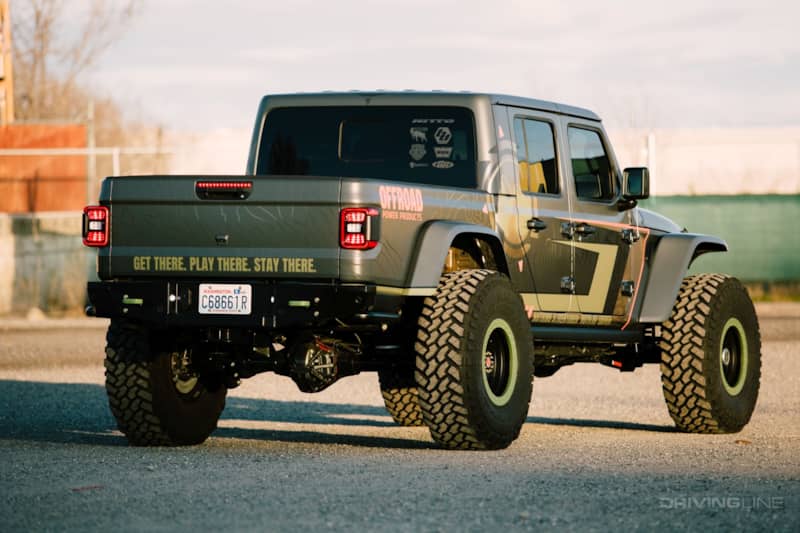
Any way I looked at it, if I wanted to build a new mid-size truck for a mild off-roader/commuter, the Gladiator made more sense. Even questions like “How big of a tire can run on my Tacoma without rubbing?” began to fade, as the Gladiator can easily stuff a 37-inch tire under it with no more than a leveling kit. You’d be hard pressed to fit a 35-inch tire on the Tacoma without some extensive modification.
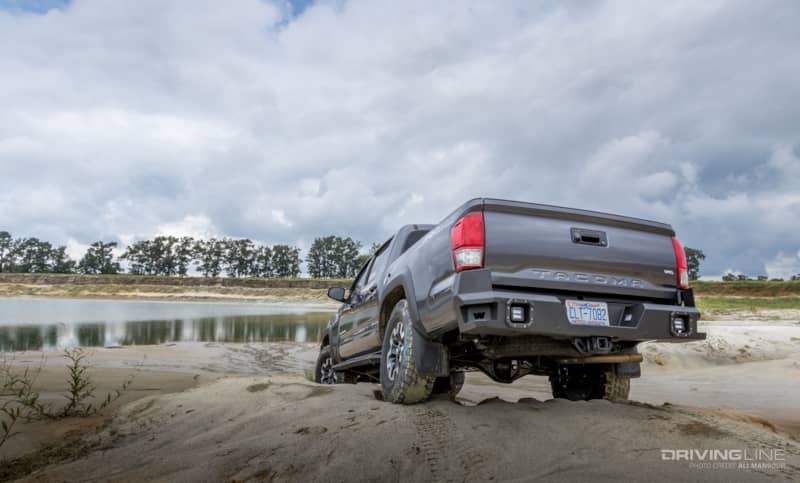
Lastly, after having watched several press-release videos on the Gladiator, it became clear that Jeep was playing a different game. Toyota has had the top-selling mid-sized truck in its class for years, but the Tacoma program is sort of on “autopilot.” Jeep has been actively listening to their hardcore off-road audience, and developing models and features year over year that directly cater to them. They took notes on the features their customers need the most, and engineered a product that meets them. Even for the average consumer, the Gladiator has all the bells and whistles one would ever need on an adventure.
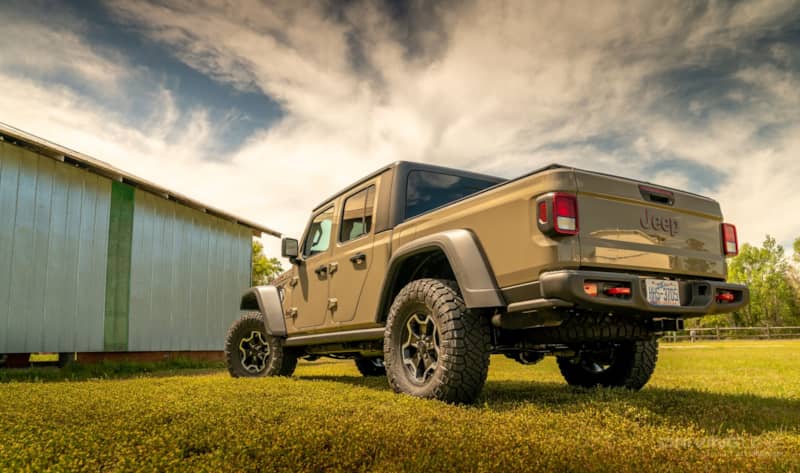
The Tacoma is a very close second place, but something has grabbed me about the Jeep in a way that says “don’t even bother with the Toyota.” Coming from a long-time Toyota truck owner I’d say that’s quite the statement. But everything about this truck has impressed me, including the manufacturer’s willingness to build the product with the needs of their consumer in mind. And while the Gladiator is here to stay, at least for a while, I don’t see the Tacoma going anywhere either. Only time will tell if Toyota ever decides to step up their TRD Pro line of vehicles and show a deeper level of understanding for their off-road customers. I wouldn’t say that I’m “converted” just yet, but the Gladiator has become a worthy adversary for Toyota’s beloved Tacoma, and if the aftermarket keeps up the support, we’re going to see many more of them on the streets and trails alike.
Click here to see a fully customized Jeep Gladiator, dubbed the "Iron Man JT."







